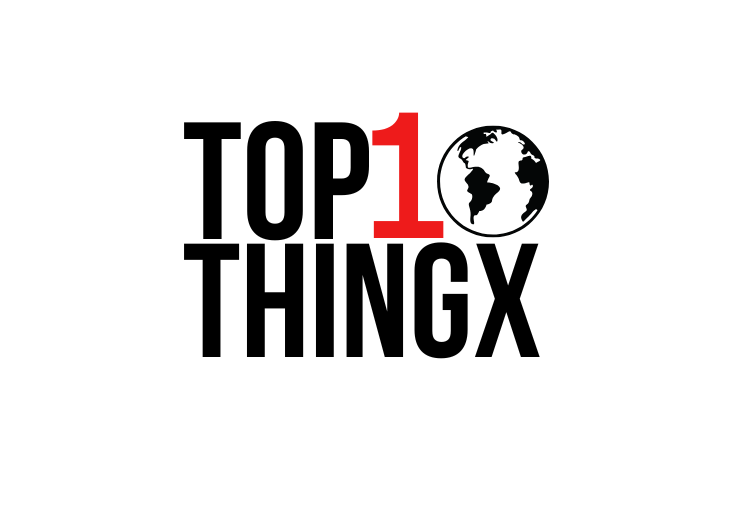Understanding Customer Mindsets
Understanding what your customers think and feel is crucial to creating products and services they love. But how do you truly get inside the minds of your customers? This article will walk you through the essentials of understanding customer mindsets in a way that’s both easy to grasp and actionable. Have you ever wondered why some products seem to fly off the shelves while others gather dust? The secret often lies in understanding customer mindsets. In this article, we will explore how to tap into what your customers are thinking and feeling, helping you to connect with them more effectively. Why Understanding Customer Mindsets Matters Grasping customer mindsets is like having a map to treasure. It guides businesses to tailor their products, services, and marketing strategies in ways that resonate with their audience. When companies understand what drives their customers, they can create more targeted, effective, and satisfying experiences. The Basics of Customer Psychology At its core, customer psychology is about understanding how people make decisions. Factors like personal preferences, past experiences, and even unconscious biases play a role. By understanding these elements, businesses can predict how customers might react to different offerings. Customer Personas: A Deep Dive Creating customer personas involves developing detailed profiles of your typical customers. These profiles include demographic information, buying behaviors, and personal interests. Think of them as characters in a story – the more detailed, the better you understand their motivations and needs. Empathy Maps: Walking in Their Shoes Empathy maps are tools that help businesses visualize what their customers are thinking, feeling, seeing, and doing. By stepping into the shoes of your customers, you can better understand their pains and gains, which can inform product development and marketing strategies. Surveys and Feedback: Hearing Their Voices Direct feedback from customers is invaluable. Surveys, interviews, and focus groups can provide insights straight from the source. Asking the right questions can reveal what your customers love, what they wish for, and what they dislike. Behavioral Data: Seeing Their Actions Actions speak louder than words. Analyzing behavioral data, such as purchase history and website interactions, can uncover patterns and preferences that aren’t always apparent through direct feedback alone. The Power of Social Media Listening Social media is a goldmine for understanding customer mindsets. By monitoring conversations and comments on platforms like Facebook, Twitter, and Instagram, businesses can gain real-time insights into customer opinions and trends. The Role of Emotions in Decision Making Emotions play a significant role in how customers make decisions. A product that elicits positive feelings can create a strong bond with customers. Understanding these emotional triggers can help businesses craft compelling messages and experiences thinkwithgoogle. Cultural Influences on Customer Mindsets Culture shapes our beliefs, behaviors, and preferences. Recognizing cultural influences allows businesses to tailor their approaches to different markets and communities, ensuring that their messages resonate on a deeper level. Adapting to Changing Customer Mindsets Customer mindsets are not static; they evolve with trends, technology, and societal changes. Staying attuned to these shifts ensures that businesses remain relevant and can anticipate future needs and desires. The Future of Understanding Customer Mindsets As technology advances, so do the methods for understanding customer mindsets. Tools like artificial intelligence and machine learning are becoming increasingly important in predicting customer behaviors and personalizing experiences. Understanding customer mindsets is not a one-time task but an ongoing journey. By continuously listening, observing, and empathizing with your customers, you can build stronger connections and create more meaningful experiences.




